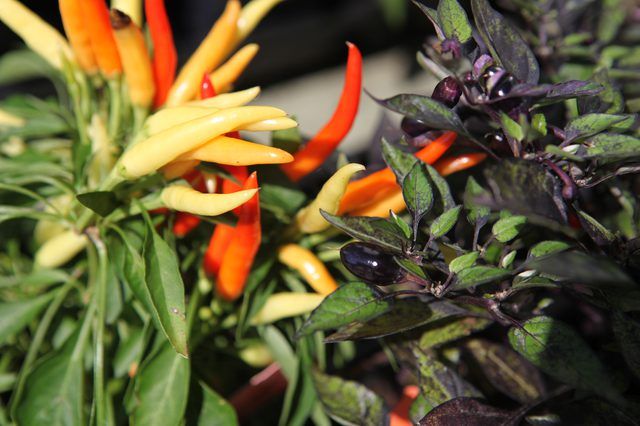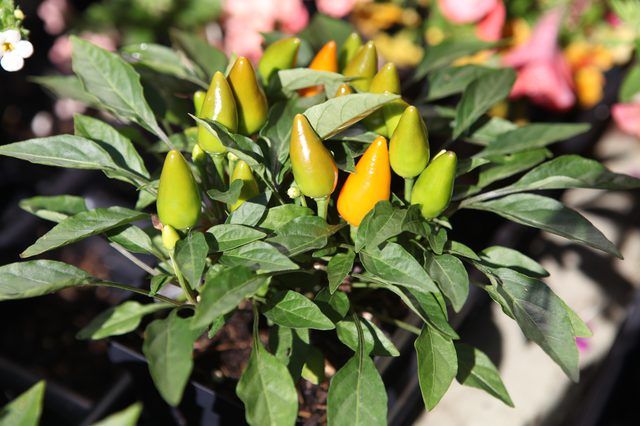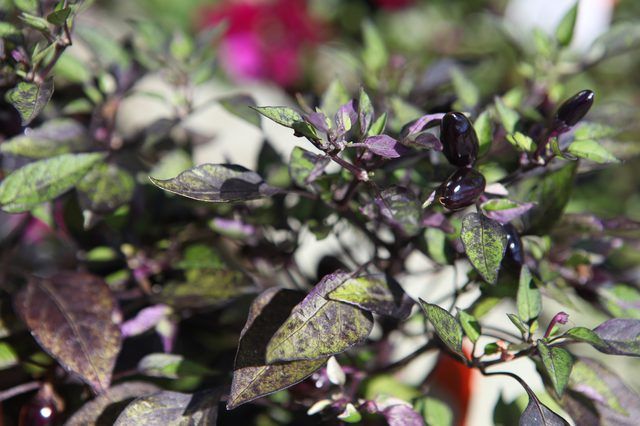Bulbs
Flower Basics
Flower Beds & Specialty Gardens
Flower Garden
Garden Furniture
Garden Gnomes
Garden Seeds
Garden Sheds
Garden Statues
Garden Tools & Supplies
Gardening Basics
Green & Organic
Groundcovers & Vines
Growing Annuals
Growing Basil
Growing Beans
Growing Berries
Growing Blueberries
Growing Cactus
Growing Corn
Growing Cotton
Growing Edibles
Growing Flowers
Growing Garlic
Growing Grapes
Growing Grass
Growing Herbs
Growing Jasmine
Growing Mint
Growing Mushrooms
Orchids
Growing Peanuts
Growing Perennials
Growing Plants
Growing Rosemary
Growing Roses
Growing Strawberries
Growing Sunflowers
Growing Thyme
Growing Tomatoes
Growing Tulips
Growing Vegetables
Herb Basics
Herb Garden
Indoor Growing
Landscaping Basics
Landscaping Patios
Landscaping Plants
Landscaping Shrubs
Landscaping Trees
Landscaping Walks & Pathways
Lawn Basics
Lawn Maintenance
Lawn Mowers
Lawn Ornaments
Lawn Planting
Lawn Tools
Outdoor Growing
Overall Landscape Planning
Pests, Weeds & Problems
Plant Basics
Rock Garden
Rose Garden
Shrubs
Soil
Specialty Gardens
Trees
Vegetable Garden
Yard Maintenance
Care of an Ornamental Pepper Plant
Care of an Ornamental Pepper Plant. Ornamental peppers are spectacularly colored varieties of the Capsicum annuum family, which also contains the sweet and hot peppers used in cooking. The common name is Christmas Peppers, but there are other descriptive names such as Pretty Purple and Black Pearl. These pint-sized peppers have few pest problems...
Ornamental peppers are spectacularly colored varieties of the Capsicum annuum family, which also contains the sweet and hot peppers used in cooking. The common name is Christmas Peppers, but there are other descriptive names such as Pretty Purple and Black Pearl. These pint-sized peppers have few pest problems and add an exotic look to any home.

Ornamental peppers are usually dwarf versions of other hot peppers. They have finely shaped leaves and small chili pepper-shaped or ball-shaped fruits. The peppers themselves are brilliantly colored, from scarlet reds to banana yellow, and often grow upright. Uncommon colors such as purple and white are also possible. This unusual coloration can carry over to the leaves themselves, with varieties that have black, purple and variegated foliage.

Ornamental pepper plants are a great way to bring color into your house during the winter. It is for this reason that many varieties have names like Christmas Pepper and Poinsettia and Holiday Flame. However, make sure to keep an eye on any young children who may be attracted to the bright colors or berry-like fruits of some varieties. Since many are extremely hot, don't let children or pets eat them. Use hanging baskets to keep the ornamental peppers well out of reach of kids and pets.

By featuring the fruit, instead of the flower, ornamental pepper plants remain attractive for a long time. They can produce fruit for up to six weeks, and the peppers will dry on the plant if allowed. This looks particularly nice in the case of chili pepper varieties. When grown from seed, ornamental peppers can be expected to start fruiting after 60 to 75 days. Avoid high nitrogen fertilizers; these will encourage the plant to produce a lot of leaves and few peppers.

Ornamental peppers are tropical plants that will need to be kept indoors when the temperature falls below 55 degrees. They adapt well to indoor conditions, but you will get more flowering, and thus more fruit, if the peppers are kept in a sunny window or provided with supplemental light. Keep the soil moist but not saturated. Pinch back new growth in order to encourage branching. You can pick the peppers to encourage more flowers or allow the fruits to dry on the plant so you can collect their seeds.

Although the primary use of ornamental peppers is for decoration, the peppers are edible. They are usually very spicy but with less complex flavors than culinary hot peppers. One caveat is that because these peppers are labeled as ornamental, the grower may have used fungicides and pesticides, which are not intended for human consumption. You can get around this problem by purchasing organically grown plants or growing them from seed yourself.
